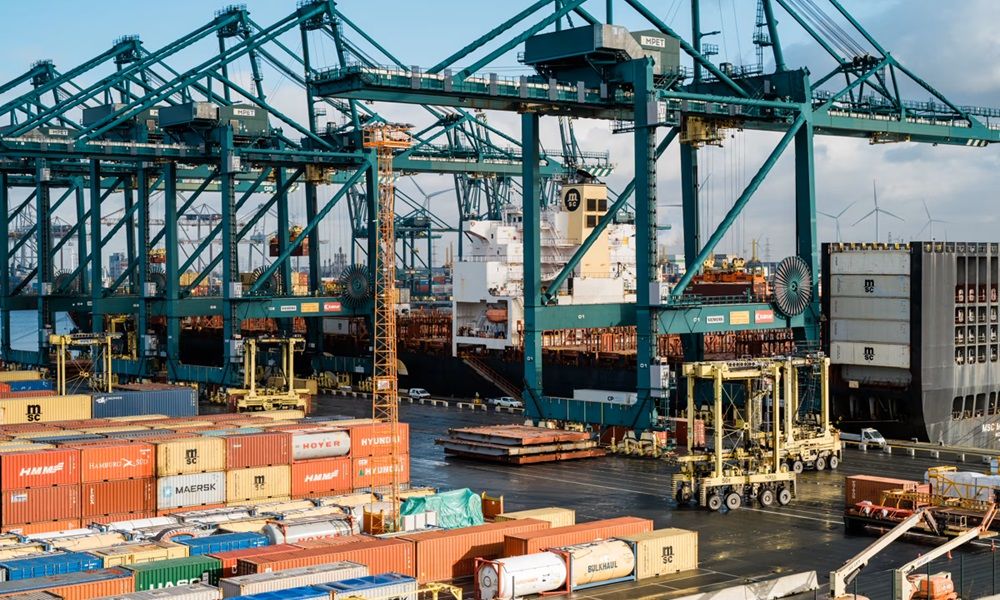Boxships back up across Northern Europe
Severe Congestion Hits Northern European Ports

Ports across Northern Europe are grappling with significant congestion, as reported by broker Braemar. Antwerp is currently operating at 96% capacity, with reefer plugs exceeding limits at 112%. Nearly half of the incoming vessels are waiting for a berth, and an additional 52 containerships are en route. Similar issues plague Bremerhaven in Germany and other major ports, including Rotterdam and Felixstowe in the UK, due to diversions from congested continental ports.
Ongoing Challenges and Expert Insights
Experts predict that the congestion affecting Northern European ports will persist for another three to four months. This forecast comes as alliance network adjustments are expected to take effect, potentially stabilizing volumes. Peter Sand, chief analyst at Xeneta, highlighted the operational disruptions caused by strikes in France and Belgium, maintenance activities during a traditionally quieter season, and record-high imports from Asia. These factors have contributed to the lengthy queues of boxships waiting to dock.
Sand expressed concern over the situation, noting that carriers are preparing to transport a record amount of Chinese-manufactured goods to the U.S. within the next 50 to 60 days. If terminal congestion continues, it could lead to significant chaos in the supply chain. Hua Joo Tan, co-founder of consultancy Linerlytica, echoed this sentiment, predicting that the European box crunch will extend throughout the summer months.
Data from Linerlytica indicates that carriers have swiftly adjusted their capacity in response to changes in trade dynamics, particularly following tariff increases imposed by the U.S. on Chinese goods. Since April, 27 ships, representing 200,000 TEU, have been removed from the Asia-North America west coast routes, with much of this capacity redirected to Asia-Europe and Mediterranean routes.
Port Activity in Odessa: 659 Ship Calls Amid Russian Attacks
Shifting Strategies Amidst Delays
While delays continue to mount, Simon Sundboell, founder and CEO of liner analytics firm eeSea, offered a different perspective on the congestion narrative. He suggested that shipping companies are becoming more adept at managing their operations to avoid excessive waiting times at ports. Instead of arriving at ports only to sit idle, vessels are increasingly adopting slow steaming practices, which may not always be classified as congestion.
This evolving strategy could potentially mitigate some of the pressures currently faced by Northern European ports. However, the overall outlook remains challenging as the region continues to navigate through these operational hurdles. With the shipping industry under strain, stakeholders are closely monitoring developments to adapt to the changing landscape.
